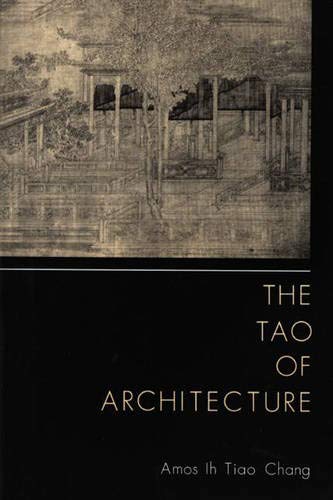Articoli correlati a The Tao of Architecture

Sinossi
In a contemplative essay that develops a parallel between void, space, time, and the science of vision in Laotzu's philosophy and in modern architecture, Amos Ih Tiao Chang reveals the vitality of intangible, or negative, elements. He writes that these qualities make architectonic forms "come alive, become human, naturally harmonize with one another, and enable us to experience them with human sensibility."
The author expands Frank Lloyd Wright's thoughts on the affinity between Laotzu's philosophy and modern Western architecture by discussing "Natural Life-Movement in Architectonic Vision," "Variability and Complement," "Balance and Equilibrium," and "Individuality and Unity." He accompanies his text with architectural drawings and four Chinese paintings.
Le informazioni nella sezione "Riassunto" possono far riferimento a edizioni diverse di questo titolo.
Recensione
"An extremely captivating and thought-provoking essay."--Artibus Asiae
Le informazioni nella sezione "Su questo libro" possono far riferimento a edizioni diverse di questo titolo.
(nessuna copia disponibile)
Cerca: Inserisci un desiderataNon riesci a trovare il libro che stai cercando? Continueremo a cercarlo per te. Se uno dei nostri librai lo aggiunge ad AbeBooks, ti invieremo una notifica!
Inserisci un desiderata
